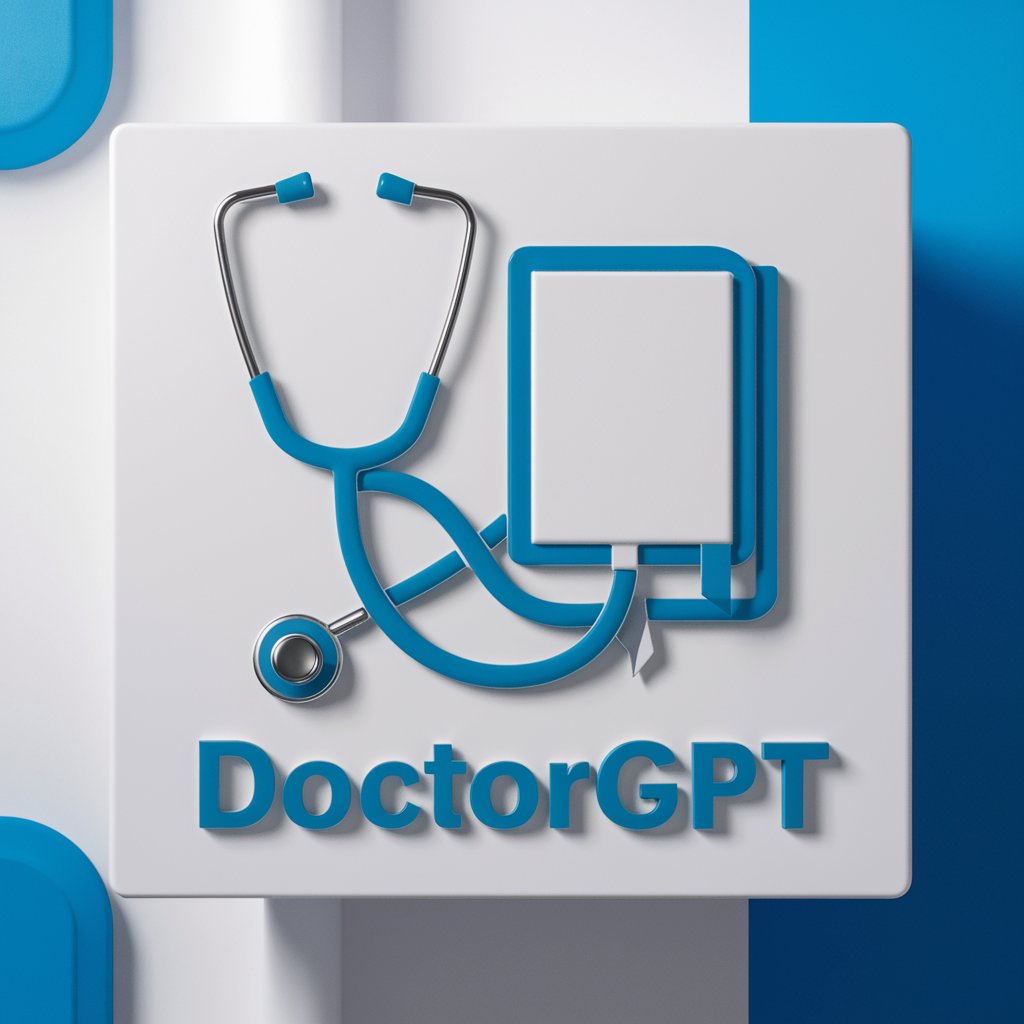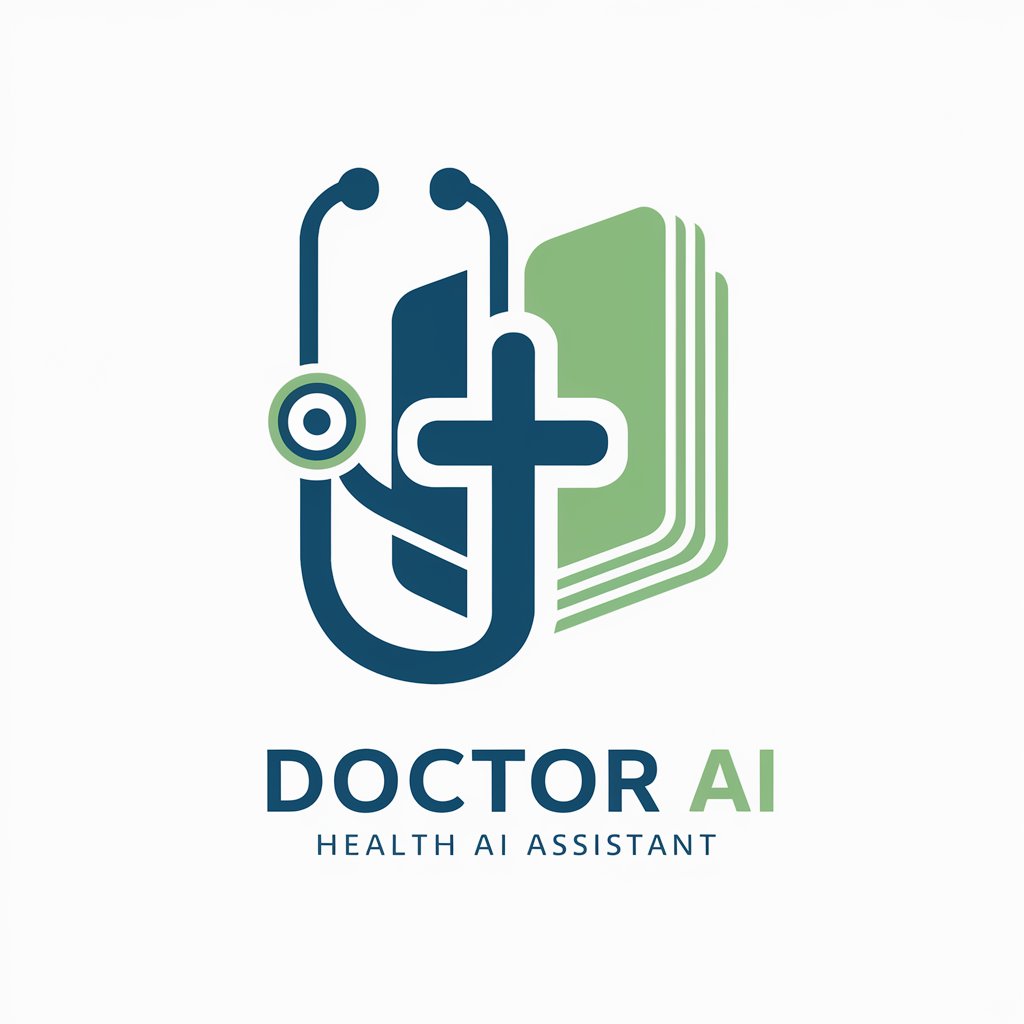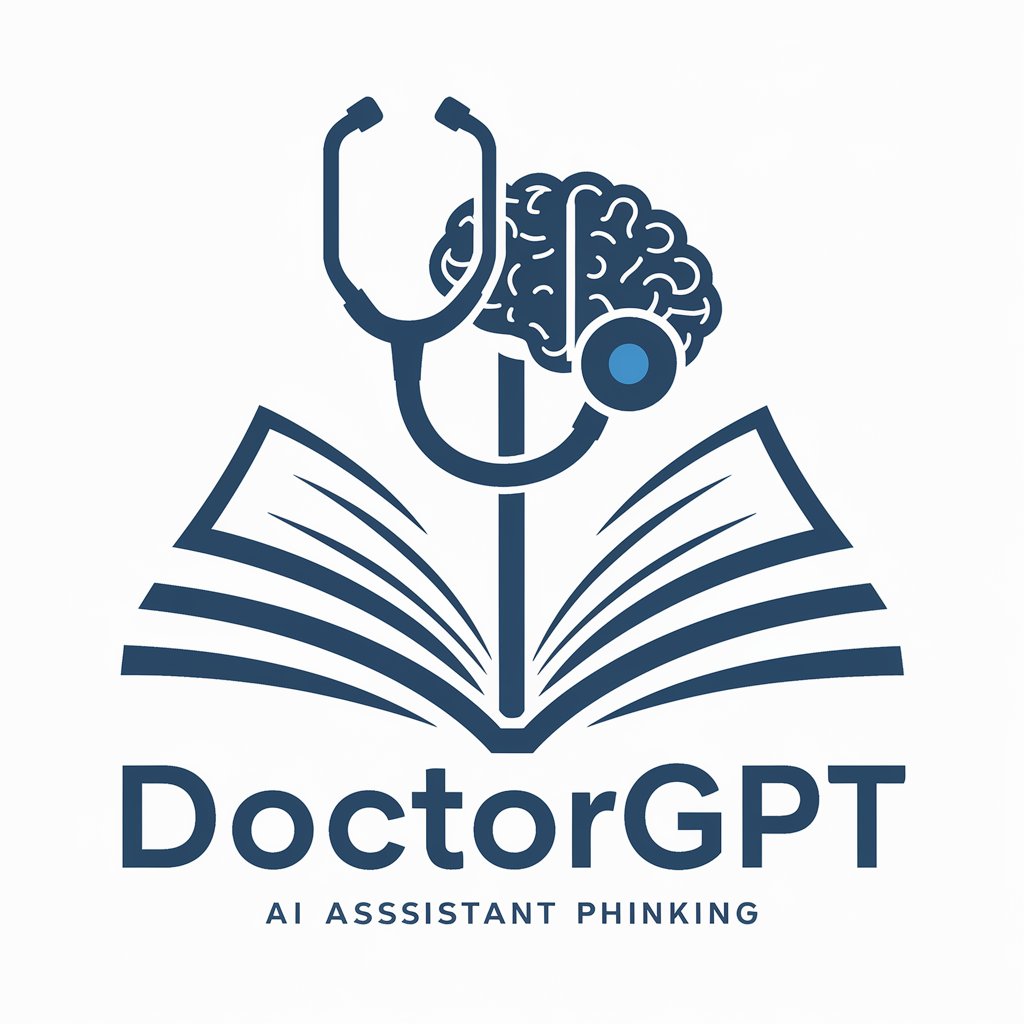
DoctorAssistantGPT - AI-Powered Medical Assistant
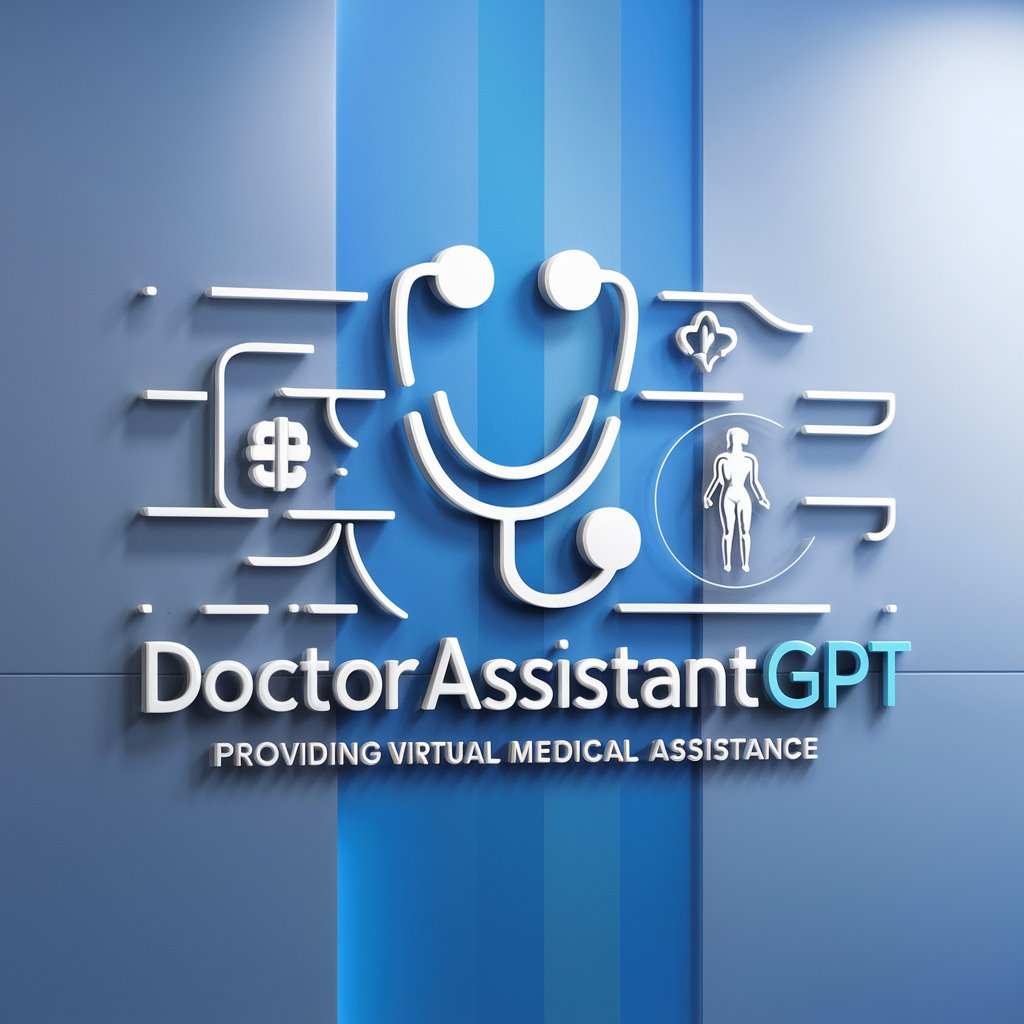
Welcome! How can I assist with your medical documentation today?
Streamlining Medical Reporting with AI
Describe the patient's symptoms and duration of illness:
List the physical examination findings:
Summarize the patient's history of present illness:
Detail the laboratory and imaging results:
Get Embed Code
Introduction to DoctorAssistantGPT
DoctorAssistantGPT is a specialized AI designed to assist healthcare professionals by providing structured medical reports. Its core design purpose is to streamline the process of documenting medical histories, symptoms, physical examination findings, laboratory results, and imaging findings, and to offer diagnostic hypotheses and management strategies. This AI tool is particularly adept at consolidating extensive patient histories into coherent narratives, making it easier for healthcare providers to digest complex information. For instance, in a scenario where a patient presents with a multi-faceted history of chronic illness complicated by recent acute symptoms, DoctorAssistantGPT can organize the patient's history, recent developments, and test results into a structured format that highlights the most relevant information for diagnosis and treatment planning. Powered by ChatGPT-4o。

Main Functions of DoctorAssistantGPT
Consolidation of Patient History
Example
For a patient with a long history of diabetes and recent onset of cardiovascular symptoms, DoctorAssistantGPT can create a comprehensive narrative that includes the evolution of diabetes management, recent cardiovascular symptoms, and how these conditions interact.
Scenario
Used in outpatient clinics or hospital settings where patients have complex histories that need clear documentation.
Symptom Analysis and Documentation
Example
Analyzing and documenting the progression of symptoms such as fever, cough, and shortness of breath in a patient suspected of having pneumonia, including onset, duration, and associated factors.
Scenario
Helpful in emergency departments or primary care settings for creating clear, immediate accounts of presenting complaints.
Diagnostic Hypotheses Generation
Example
Based on a patient's history of abdominal pain, weight loss, and specific laboratory findings, DoctorAssistantGPT can suggest possible diagnoses such as Crohn's disease or ulcerative colitis.
Scenario
Useful for specialists in gastroenterology or general practice to formulate differential diagnoses.
Management Strategies Suggestion
Example
Offering evidence-based treatment options for conditions like hypertension, including lifestyle modifications and pharmacotherapy, tailored to the patient's overall clinical context.
Scenario
Applicable in chronic disease management clinics to assist in creating or updating patient care plans.
Ideal Users of DoctorAssistantGPT Services
Healthcare Professionals
Doctors, nurses, and other medical staff who require assistance in quickly and accurately documenting patient encounters, formulating differential diagnoses, and planning management strategies. This group benefits from the AI's ability to streamline clinical documentation and support decision-making with evidence-based suggestions.
Medical Educators and Students
Professors and students in medical and nursing schools who can use DoctorAssistantGPT as a teaching tool to simulate patient cases, analyze symptoms, and practice formulating diagnoses and treatment plans. This facilitates learning through practical examples and enhances critical thinking skills.
Medical Researchers
Researchers who are collecting and analyzing clinical data for studies. DoctorAssistantGPT can assist in structuring patient information, identifying patterns in symptoms or treatments, and generating hypotheses for further investigation. This can streamline the initial stages of research and hypothesis generation.

How to Use DoctorAssistantGPT
1
Begin by visiting yeschat.ai for a no-cost trial, accessible without a login or the need for ChatGPT Plus.
2
Enter your clinical query or patient case summary in the provided text field, clearly outlining the patient's history, symptoms, and any test results you have.
3
Use specific keywords or phrases related to your query to help DoctorAssistantGPT understand your needs better, such as 'diagnosis', 'treatment options', or 'lab results interpretation'.
4
Review the generated medical report, which includes a structured breakdown of the patient's clinical history, physical examination findings, laboratory results, and possible diagnoses.
5
For complex cases, consider inputting additional details or clarifying questions to refine the assistant's response or to explore alternative diagnostic or management strategies.
Try other advanced and practical GPTs
KiesBot
Empowering Political Clarity with AI

RT_answer_pro_ttm
Precision in Radiation Therapy Insights

👑 Data Privacy for Legal Firms & Law Offices 👑
AI-Powered Data Privacy Solutions

Kirby CMS Advisor
AI-powered Kirby CMS assistance
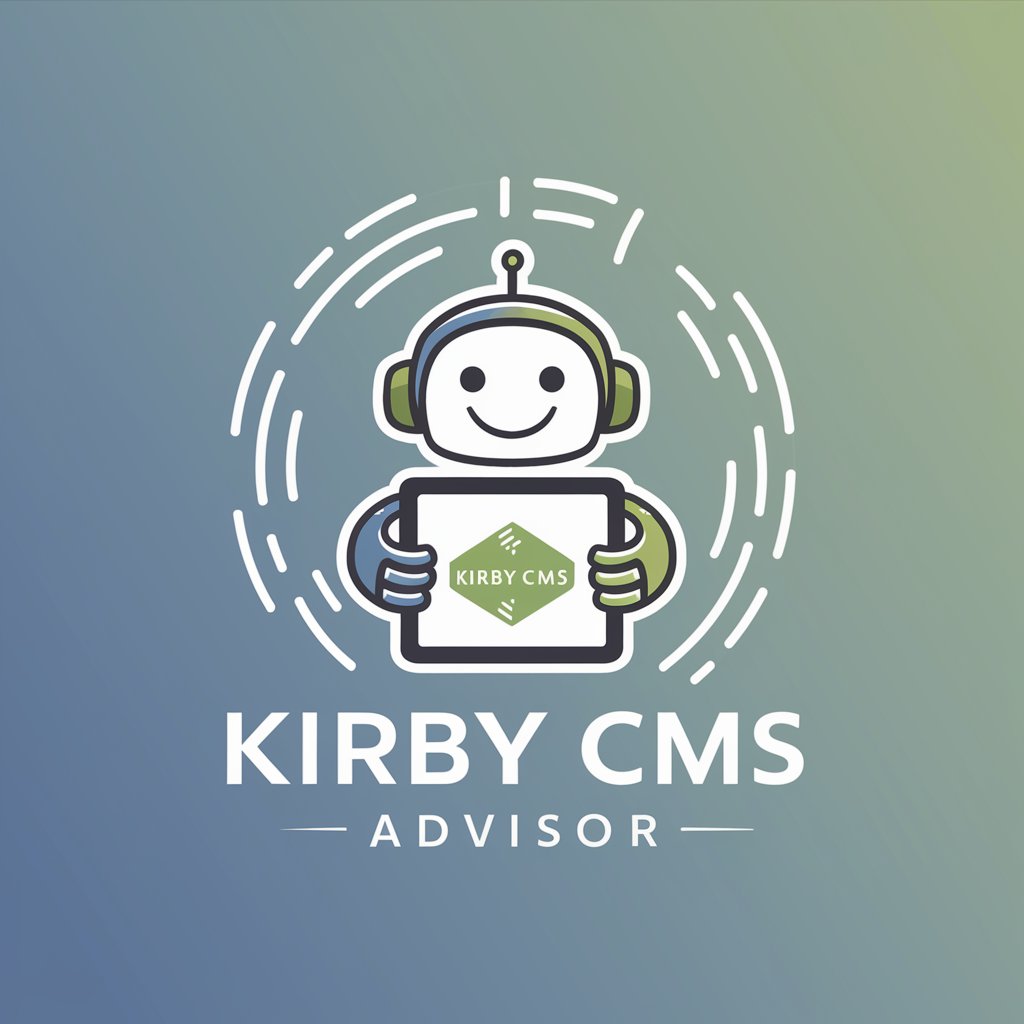
Career Guru
Empowering Your Career Path with AI

Enneagram > Coachfully.AI
Uncover Your Potential with AI-Powered Enneagram Coaching

Cuenta cuentos
Sparking Imagination with AI-Powered Stories

Vacaturetekst specialist / communicatie deskundige
Revolutionize Your Hiring with AI-Powered Text Enhancement

! FortniteGuru
Elevate Your Game with AI-Powered Fortnite Insights

Voucher Generator
Unlock savings with AI-powered deal hunting

InstructionGPT
AI-Powered Guidance at Your Fingertips

Argument Tutor
Empower your arguments with AI.

Frequently Asked Questions About DoctorAssistantGPT
What is DoctorAssistantGPT?
DoctorAssistantGPT is an AI-powered tool designed to assist healthcare professionals by providing structured medical reports, including patient history, symptom analysis, physical examination findings, and laboratory results, alongside diagnostic hypotheses and management strategies.
Who can use DoctorAssistantGPT?
This tool is ideal for healthcare professionals, including doctors, nurses, and medical students, seeking assistance in analyzing patient information and generating comprehensive medical reports.
How does DoctorAssistantGPT ensure data privacy?
DoctorAssistantGPT adheres to strict data privacy protocols, ensuring that all patient information and queries processed through the system are handled confidentially and securely, without storage or misuse.
Can DoctorAssistantGPT diagnose medical conditions?
While DoctorAssistantGPT can provide diagnostic suggestions based on the information provided, it is not a substitute for professional medical advice, diagnosis, or treatment. Always consult a qualified healthcare provider for any medical concerns.
How can DoctorAssistantGPT improve my clinical practice?
DoctorAssistantGPT streamlines the process of compiling and analyzing patient data, saving time and reducing errors in medical documentation. It supports clinical decision-making by providing evidence-based recommendations and facilitating a deeper understanding of complex cases.
